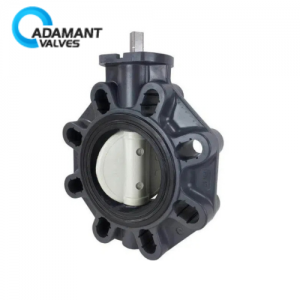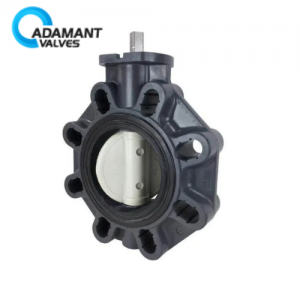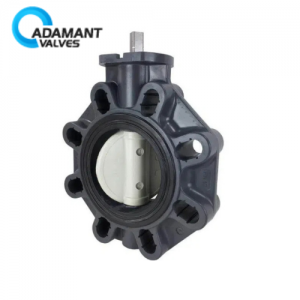The Pressure Testing Methods for Check Valves
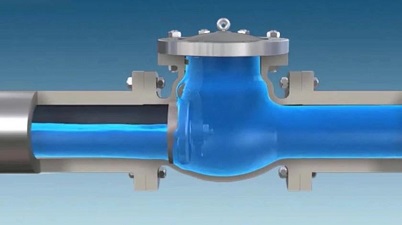
How do check valves work?
Sanitary check valves are a kind of valve that relies on the flow of the medium to automatically open and close the valve flap to prevent the backflow of the medium. It is also known as a single direction valve, counterflow valve, and back pressure valve.
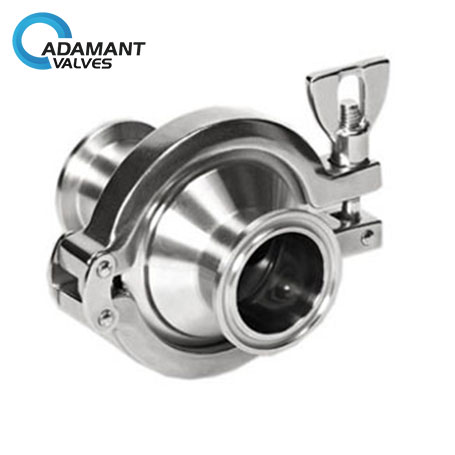
What are check valves used for
This type of check valve works automatically. Under the fluid pressure flowing in one direction, the valve flap opens. When the fluid flows in the opposite direction, the valve seat is affected by the fluid pressure and self-overlaying valve flap, so that the flow is cut off.
What are check valves used for?
A Sanitary check valve is a kind of automatic valve mainly used to prevent the backflow of the fluid medium, prevent the pump and actuating motor from reverse-rotating, and prevent the discharge of the container medium.
Check valves can also be used in pipelines supplying an auxiliary system where the pressure may exceed the system’s rated pressure. Check valves can be divided into swing-type check valves (which rotate around the center of gravity) and lift-type check valves (which move along the axis).
Another key feature of sanitary check valves is in the name. Their sanitary properties allow use in highly hygienic applications demanded by various industries like food, bio-fermentation, and pharmaceuticals.
How to pressure test a check valve
The valve flap axis of the lift-type check valve is in a position vertical to the horizontal surface. The channel axis and valve flap axis of the swing-type check valve are in a position nearly parallel to the horizontal line.
To conduct a strength test, introduce the test medium from the inlet to the specified value, with the opposite end closed. If there is no leakage from the valve body and cover, then it’s considered qualified.
To conduct a sealing test, introduce the test medium from the outlet. At the inlet, check the sealing surface, stuffing, and gasket. If there is no leakage from those places, then it’s considered qualified.
Conclusion
Adamant Check Valves are subject to MSS SP-61, an ANSI standard that institutes the requirements and acceptance criteria for shell and seat closure pressure testing. Proper pressure testing is conducted through various methods, which we will explore down below. One of our main goals is to prevent check valve failures before they occur—that’s why each sanitary check valve produced by Adamant Valves is thoroughly pressured and leak tested before being delivered.
Seat Test with Air
Check Valves are tested at an air pressure of no less than 80 psi.
Shell Test
Valves are tested at a gauge pressure no less than 1 ½ times the 100º F rating, rounded to the next highest 25 psi increment.
Seat Test with Water
Valves are tested at a pressure no less than 1.1 times the 100º F rating. The test medium is water.
Results:
The goal of each check valve pressure test is no observable leakage.


